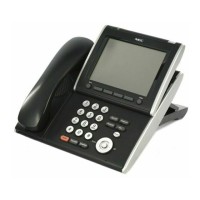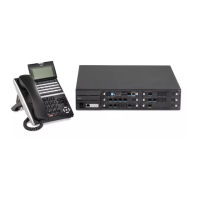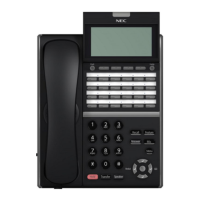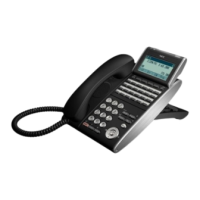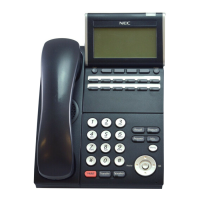13
Account Code Entry
Account Codes are user-dialed codes that help the system administrator categorize
and/or
restrict trunk calls. Optional Account Codes allow a user to enter an Account
Code while placing
a trunk call or anytime while on a call. The system does not
require the user to enter the optional
account code.
Account Codes for Incoming Calls
The system can control extension user ability to enter Account Codes for incoming
calls. When
this option is enabled, a user can dial * while on an incoming call, enter
an Account Code, and
then dial * to return to their caller. If the option is disabled, any
digit the user dials after answering
an incoming call outdials on the connected trunk.
Hiding Account Codes
Account Codes can be optionally hidden from a telephone display. This prevents, for
example, an
unauthorized co-worker from obtaining a Verified Account Code by
watching the display. When
hidden, the Account Code digits show * on the telephone
display.
Account Code Capacity
Account Codes print along with the other call data on the SMDR record after the call
completes.
Account Codes can have 1~16 digits using 0~9 and #.
Redialed Numbers Do Not Contain Account Codes
When using the Last Number Redial, Save or Repeat Dial features, the system does
not retain
Account Code information. To redial any number with these features, the
user must enter an
Account Code.:
If a user enters *12345*203 926 5400*67890*, if the Last Number Redial feature is used, the
system dials the number as 203 926 5400*67890*. The *67890* is not treated as an Account Code.
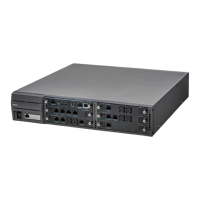
